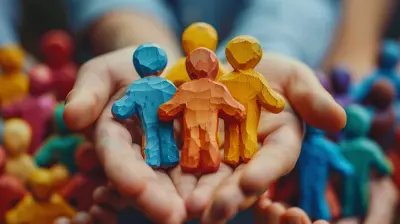The Importance of Problem-Based Learning for Cognitive Growth
13 June 2025
Let’s be real.
We live in a world that’s changing faster than ever. New technologies, new problems, new ways of thinking—they’re popping up all around us. So how do we keep up? How do we help our brains not only survive but thrive?
The answer: problem-based learning.
This isn’t just another educational buzzword. It’s a mental game-changer. It flips traditional learning on its head and encourages us to think, not just remember. And when it comes to boosting cognitive growth, problem-based learning might just be the secret sauce.
In this article, we’re diving deep into why problem-based learning (PBL) is so crucial for your brain’s development. Whether you're a student, a parent, an educator, or just someone who wants to keep their mind sharp—it matters.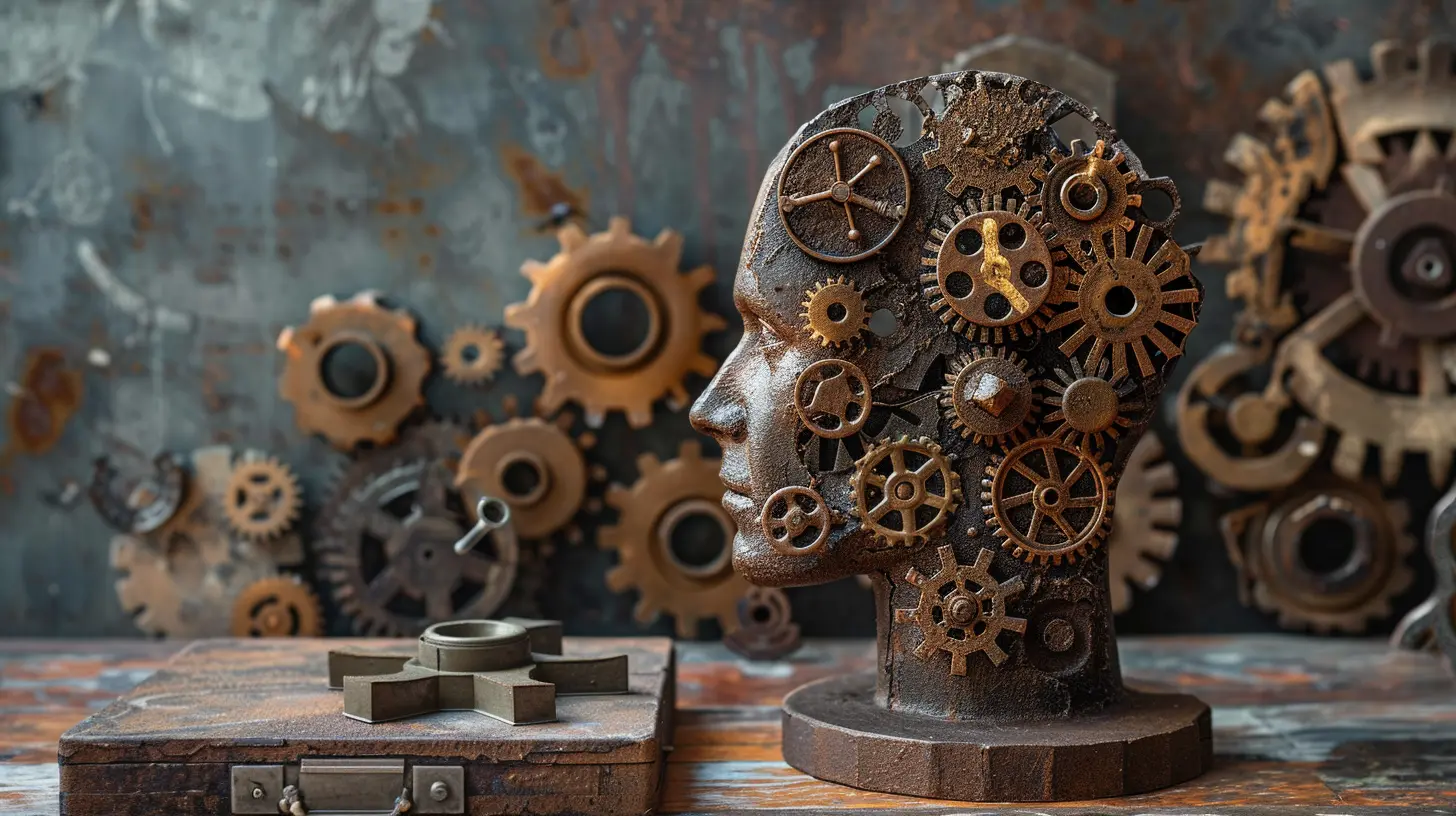
What Is Problem-Based Learning (PBL), Anyway?
Let’s break it down.Problem-based learning is a student-centered approach where learning starts with a problem. Not a textbook chapter. Not a lecture. But a real-world issue that doesn’t have a neat, cut-and-dry answer.
Imagine being tossed into a room with a mystery that needs solving. You don’t have a manual. You don’t have step-by-step instructions. What you do have is a group of peers and your own curiosity to figure things out. That’s PBL in action.
Basically, you're:
- Given a complex problem (usually real-world)
- Encouraged to figure out what you need to learn to solve it
- Working collaboratively
- Learning content as you solve the problem
Sounds a bit like life, right?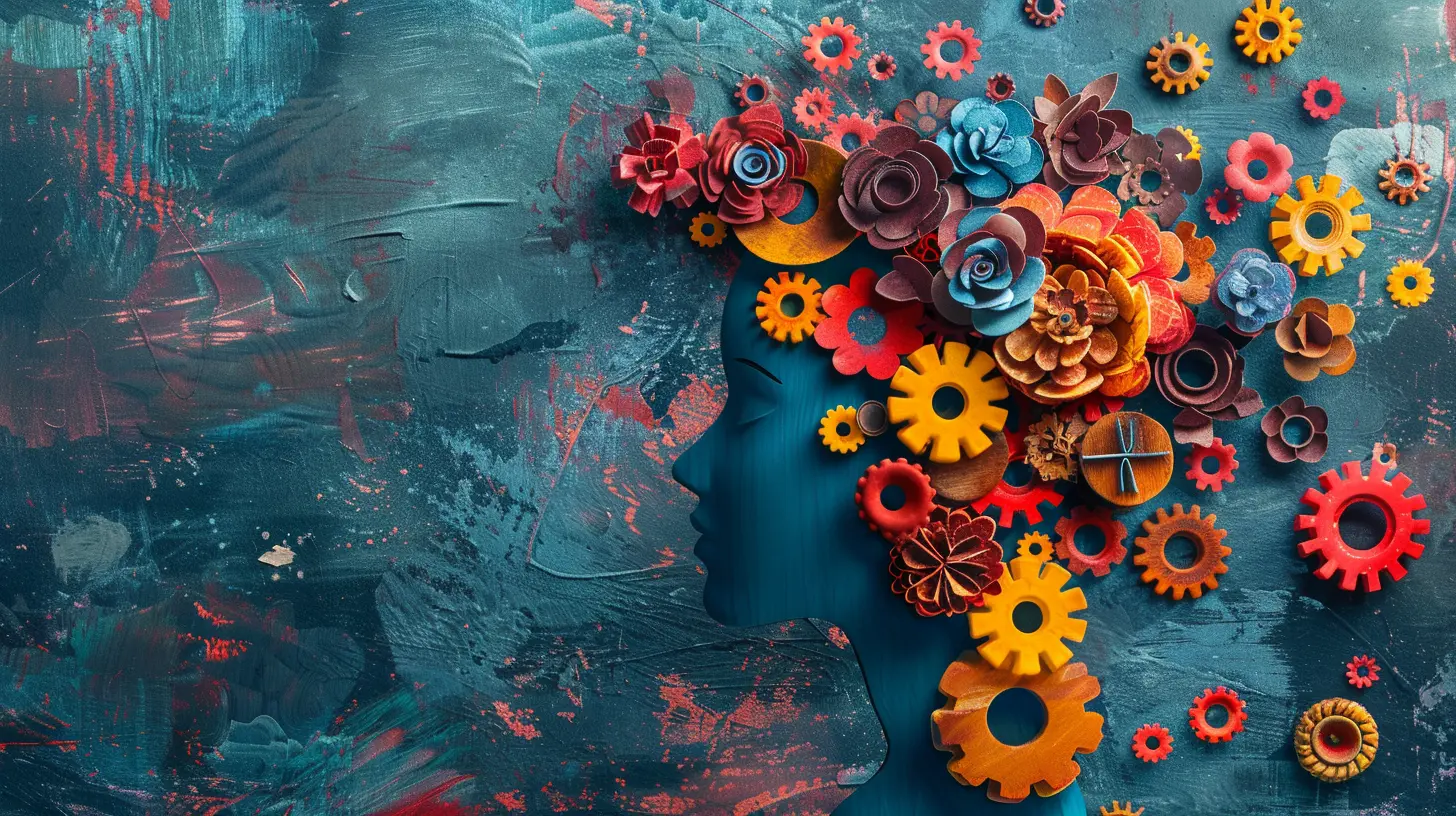
The Brain Loves a Good Puzzle
Here's the thing about our brains—we’re naturally wired to solve problems. From early childhood, we start figuring out how the world works through trial, error, and curiosity.Traditional learning often asks us to memorize facts. But that’s sort of like eating plain rice every day. Sure, it fuels you. But it’s bland, and you won’t remember much about the experience.
PBL, on the other hand, serves up a buffet of mental stimulation. It activates multiple areas of the brain, engaging critical and analytical thinking, creativity, emotional intelligence, and decision-making—all in one go.
When we solve problems, we’re:
- Making connections
- Organizing information
- Evaluating options
- Adjusting strategies
- Communicating ideas
It’s like giving your brain a full-body workout. And who doesn’t want a brain that’s strong, agile, and ready for anything?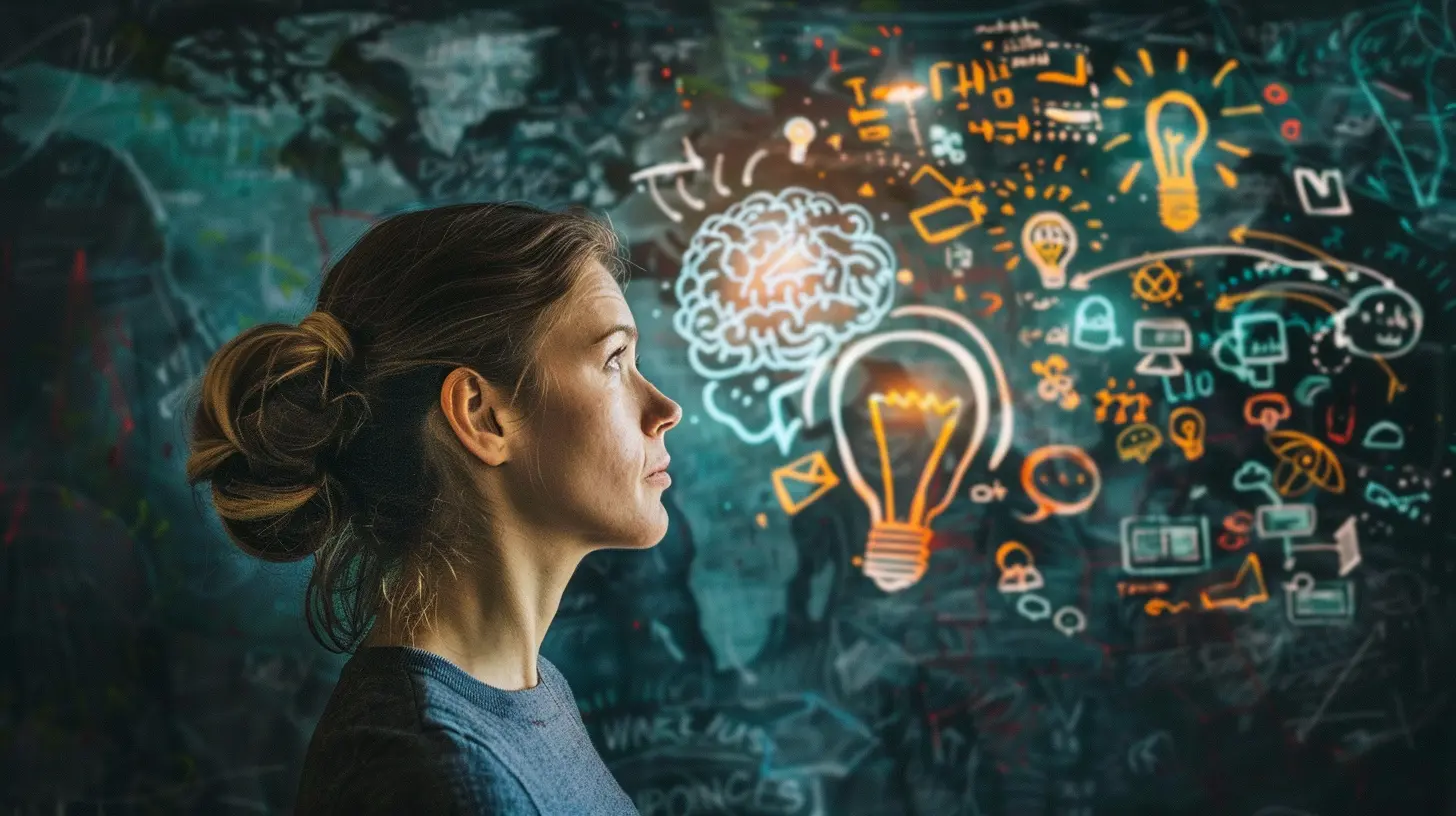
How PBL Fuels Cognitive Growth
Now let’s talk science (don’t worry, I’ll keep it chill).Cognitive growth refers to the development of mental processes like thinking, remembering, solving problems, and making decisions. Basically, it's everything your brain does to help you navigate life intelligently.
Problem-based learning helps this growth by:
1. Boosting Critical Thinking Skills
You can’t solve a problem without thinking critically. PBL challenges students to look at every angle, question assumptions, weigh evidence, and make informed decisions.And the more you practice critical thinking, the better your brain gets at it. Like lifting weights at the gym—except your dumbbells are dilemmas.
2. Promoting Information Retention
Ever studied for an exam, aced it, and then… forgot everything the next week? Yup, been there.Here’s the kicker: when we learn through direct experience or problem-solving, we remember more. That's because our brains link the knowledge to emotions, experiences, and purpose.
In short, problem-solving creates meaning—and meaning boosts memory.
3. Encouraging Metacognitive Awareness
Metacognition is just a fancy word for "thinking about thinking.”PBL nudges students to reflect on how they're learning. What strategies worked? What didn’t? What could I do better next time?
This self-awareness is gold for cognitive growth. It’s how we become independent thinkers and lifelong learners.
4. Enhancing Transferable Skills
In life, problems don’t come labeled by subject: “Hello, I’m a Math problem!” They’re messy and multi-layered, like figuring out how to budget rent, time, and relationships all at once.PBL trains our brains to apply knowledge across different domains. That flexibility is huge. It means we’re better prepared for real-world challenges, not just school exams.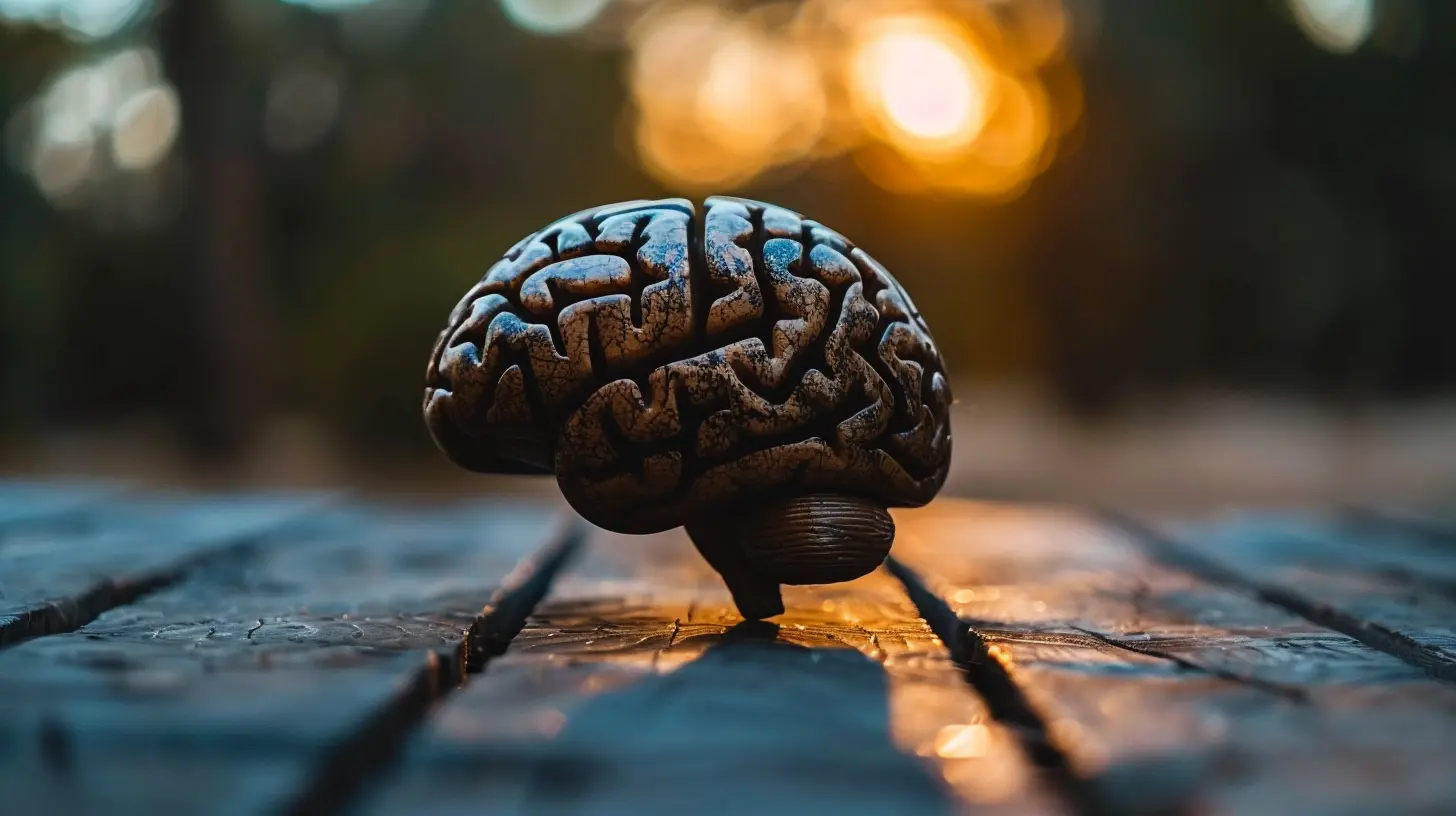
Real-Life Applications: Where PBL Shines
Let’s make it practical.Whether you’re helping a kid with homework or leading a team at work, problem-solving is everywhere. Here’s how PBL translates to real-world value:
In Education
Classrooms that use PBL see students more engaged, more curious, and more invested in their learning. Why? Because they’re not just passive listeners—they’re active participants.They’re working on real projects, investigating big questions like:
- “How can we reduce plastic waste in our school?”
- “What’s the economic impact of fast fashion?”
- “How does stress affect our brain function?”
These aren’t just academic questions—they’re personal, relevant, and thought-provoking.
In the Workplace
Employers crave problem-solvers. People who can think on their feet, collaborate across teams, and find creative solutions when the plan goes sideways.PBL fosters exactly those traits. It helps employees develop leadership, adaptability, and innovation—all while improving their cognitive flexibility.
In Everyday Life
Let’s not forget the daily stuff. From managing conflicts to planning a vacation, life is a series of micro (and macro) problems. The better we are at breaking them down, analyzing them, and moving forward, the smoother our experiences become.PBL gives us that mental edge.
Why Traditional Learning Falls Short
Not to bash traditional systems… but let's be honest, the “sit-down-and-listen” model doesn’t do much for cognitive growth.It often rewards memorization over understanding. Compliance over curiosity. Repetition over innovation.
That’s like training a chef by only reading cookbooks—never touching ingredients, never tasting dishes. Sure, they’d know theory. But could they cook? Not a chance.
PBL, on the other hand, throws you in the kitchen. You might burn a few meals at first—but you’ll learn by doing. That sticks with you.
Making PBL Work: Key Components That Matter
Want to use problem-based learning effectively? Here are the ingredients that make it work:✅ Real-World Relevance
The problem needs to matter. It should feel connected to life, society, or the learner’s interests. That’s what sparks motivation.✅ Student Autonomy
In PBL, the learners steer the ship. They decide what to research, how to tackle the problem, and which skills they’ll apply. It empowers independence and ownership.✅ Collaboration
Teamwork plays a huge role. PBL demands that students listen to different perspectives, divide tasks, and manage group dynamics—skills that have cognitive benefits far beyond the classroom.✅ Guidance, Not Answers
Teachers (or mentors) act more like coaches. They guide the learning process but don’t spoon-feed answers. That teaches resilience, resourcefulness, and intellectual humility.Challenges of PBL (And Why They're Worth It)
Okay, so PBL isn’t perfect. It’s messier than standard lectures. It can feel chaotic, especially for folks used to structured environments.But here’s the twist: those very challenges are what make it so powerful for cognitive growth.
When students wrestle with uncertainty, when they make mistakes, when they try different angles—that’s when the neural magic happens.
Growth doesn’t come from comfort. It comes from stretching our brains beyond their limits.
Problem-Based Learning and Neuroplasticity
Ever heard of neuroplasticity?It’s the brain’s ability to rewire itself based on experience. The more we challenge our thoughts, patterns, and mental models, the more adaptable and intelligent we become.
Problem-based learning is basically a neuroplasticity playground. It constantly invites new connections, alternative viewpoints, and iterative thinking. That keeps the brain agile, open, and constantly evolving.
So… What’s the Takeaway Here?
The importance of problem-based learning for cognitive growth isn’t just academic—it’s personal. It affects the way we think, the quality of our decisions, and the possibilities we create for ourselves.We’re not just trying to “get smarter.” We’re trying to become better thinkers, better learners, and better problem-solvers.
So whether you’re a teacher designing better curriculums, a parent fostering curiosity, or just someone who wants to sharpen their mind—lean into problem-based learning.
Pose problems. Ask questions. Make room for collaboration. Embrace the messiness of learning through experience.
Because that’s where true cognitive growth lives.
And trust me—your future self will thank you for it.
all images in this post were generated using AI tools
Category:
Cognitive DevelopmentAuthor:

Jenna Richardson
Discussion
rate this article
2 comments
Cadence Cruz
Problem-solving: the brain's workout for growth!
June 16, 2025 at 3:40 AM

Jenna Richardson
Absolutely! Problem-solving challenges our brains, enhancing cognitive skills and promoting personal growth.
Elowen Monroe
How does problem-based learning specifically enhance cognitive development in students?
June 14, 2025 at 4:52 AM

Jenna Richardson
Problem-based learning enhances cognitive development by promoting critical thinking, problem-solving skills, and collaboration, as students engage actively with real-world challenges, fostering deeper understanding and retention of knowledge.

